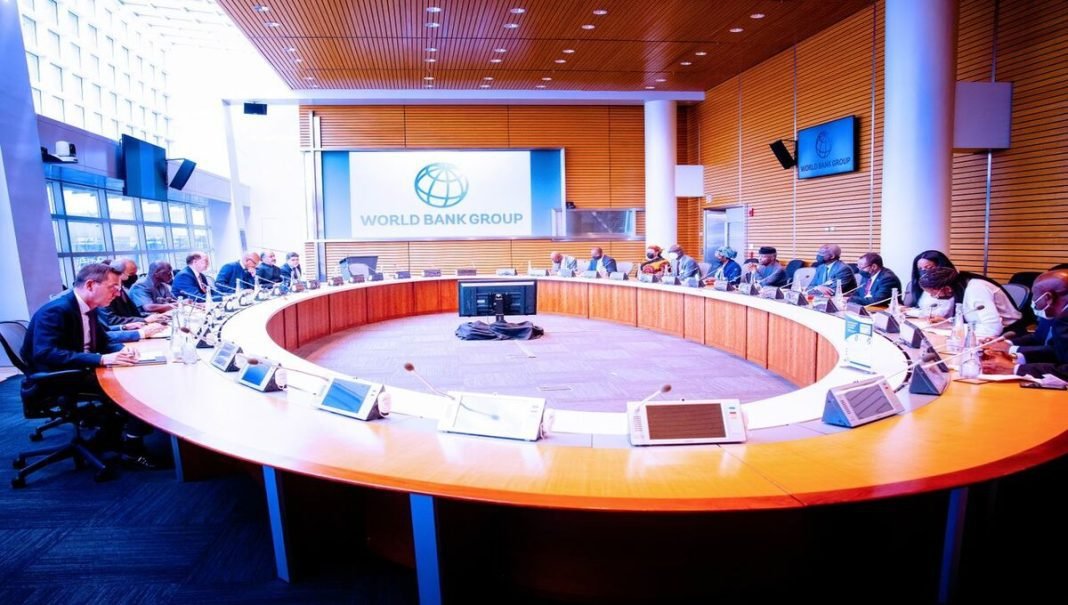Washington, 2 September 2022 (TDI): World Bank Group President David Malpass met with Vice President Yemi Osinbajo of the Federal Republic of Nigeria.
President Malpass and Vice President Osinbajo discussed Nigeria’s Energy Transition Plan. President Malpass welcomed Nigeria’s commitment to achieving universal energy access and reducing GHG emissions while maintaining reliable baseload.
He emphasized the importance of integrating climate and development and the need for an enabling policy and regulatory environment alongside strengthened institutions in the energy sector.
Moreover, he affirmed his readiness to support Nigeria in phasing out regressive fuel subsidies, while increasing social assistance for the poor and vulnerable.
Productive meeting today with Vice President @ProfOsinbajo of Nigeria.
Good talks on the importance of exchange rate unification & stabilization, phasing out fuel subsidies, Nigeria’s energy transition plan & integrating climate & development.
Readout: https://t.co/WqwrkpKdvn pic.twitter.com/xFonzTPFOO
— David Malpass (@DavidMalpassWBG) September 1, 2022
He further encouraged a decisive move toward exchange rate unification and stabilization by Nigeria, highlighting the economic benefits for the Nigerian people.
Both officials also discussed the importance of increasing domestic revenues by broadening Nigeria’s tax base and increasing the efficiency of tax administration.
World Bank and Nigeria
Nigeria officially joined the World Bank in 1961. By 2018 over 225 projects have been approved Nigeria since 1958. The World Bank has committed $8.5 billion to Nigeria to fund critical issues ranging from agriculture to education.
The World Bank has been working with Nigeria to reduce the high poverty rate, create better human capital, diversify the country’s revenue through non-oil sectors, and help with economic management.
The Rural Access and Mobility Project (RAMP), Nigeria National Energy Development Project (NEPD), and National Fadana Project are some successful projects of the World Bank in Nigeria.
Other projects in Nigeria include the Accelerating Nutrition Results in Nigeria Project, Nigeria Polio Eradication Support Project, and Nigeria Women Project.
Moreover, 7 new projects worth $2.1 billion were approved to start in Nigeria. The main focus of these projects is on key sectors that will lead to economic growth and stability in the upcoming years alongside the Economic Recovery and Growth Plan (ERGP).






